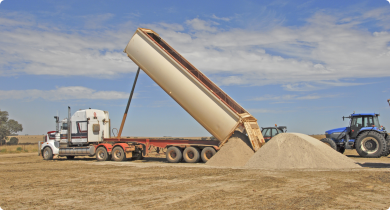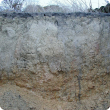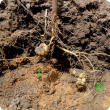Soils
Western Australia’s agriculture sector needs access to quality soil that can sustain long-term productivity and growth. The department is leading the way in developing management practices to maximise soil productivity and minimise land degradation. The department also provides technical information on managing soil constraints, including acidity, water repellence, subsoil compaction, erosion along with nutrient management. We also support agriculture through soil and land condition monitoring, condition assessment and providing management strategies and tools to improve soil condition.




